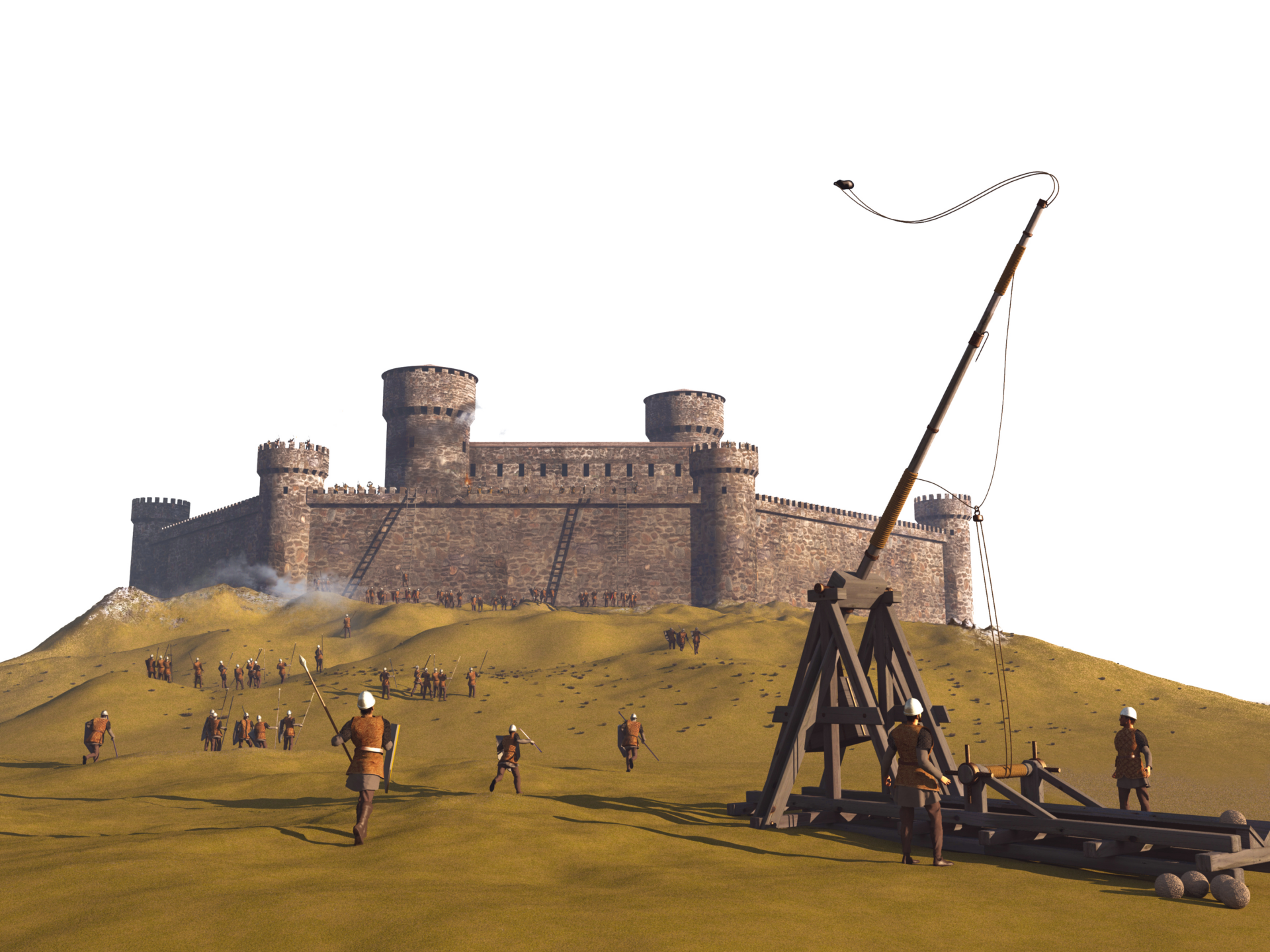On the medieval siege of Caffa and Black Death
Catapulting corpses?
A famous case of medieval biological warfare probably never happened
By Matt Field, August 10, 2023
Poke through the history of biological weapons long enough and you will likely come across a particularly macabre claim. In 1346, the story goes, an army of the Golden Horde—an offshoot of Genghis Khan’s Mongol empire—was laying siege to Caffa, a Genoese trading center on the Crimean Peninsula. But as Janibeg, the ruler of the Golden Horde, waited for Caffa to surrender, his fighters began to succumb to a mysterious ailment. “It was as though arrows were raining down from heaven to strike and crush” the Mongols, a notary from the city of Piacenza in present-day Italy wrote. According to the 14th century account, the beleaguered Mongol commanders had one final move: to hurl their plague dead over the fortress walls.

In Gabriele de Mussi’s narrative, the Genoese inside the fort soon fell ill. They clambered aboard their ships and fled toward Italy—to Genoa, Venice, and other ports, carrying with them the very plague they sought to escape. “It was as if they had brought evil spirits with them: every city, every settlement, every place was poisoned by the contagious pestilence,” the notary wrote. Known as the Black Death, the bubonic plague crippled Europe when it arrived in 1347, killing perhaps 50 million people. If de Mussi’s tale were true, the Mongol siege had been a devastating biological attack.
The story has certainly stuck.
Since de Mussi’s work was re-discovered in a university library in Poland in 1842, researchers of weaponry, the plague, and biological warfare have picked up parts of its narrative. Look up “The Black Death” in the Encyclopedia Britannica and it’s right there: “With his forces disintegrating, Janibeg used trebuchets to catapult plague-infested corpses into the town in an effort to infect his enemies. From [Caffa], Genoese ships carried the epidemic westward…” The medieval allegations are in YouTube and TikTok videos by the History Channel and others, some with millions of views. In the academic literature the anecdote can be found in reputable publications ranging from the Journal of the American Medical Association to the CDC’s Emerging Infectious Diseases.
The problem is, there’s strong reason to doubt de Mussi.
Jean Pascal Zanders, a veteran scholar of weapons of mass destruction, has been looking into de Mussi’s Caffa claims as part of a project on the history of biological and chemical warfare. He argues that the story doesn’t comport with how medieval artillery worked, the geography of Caffa, or medieval warfare practices. “A picture that seems to be plausible on a very basic level actually doesn’t stand up to scrutiny,” Zanders said.
Full article in the Bulletin of the Atomic Scientists.
Related items (introducing Historical Notes):
- de Mussi and the Siege of Caffa: Origin of a Biological Warfare Allegation
- Catapulting Cadavers: A Medieval Practice of Biological Warfare?
